Years ago, on the last day of school, the assistant principal sent out an email to all the teachers. He suggested we sit down for a few minutes and review our academic year and think about what went well in our classes and what, perhaps, needed some rethinking.
My immediate reaction was, "Rich, this is the LAST DAY OF SCHOOL and I am busy!" My second was, "Hey, that's a pretty good idea." And it was. There is nothing like a review when triumph and failure are fresh in one's mind.
Many of you keep garden journals, and so do I. Mine is filled with some impulsive notes such as "I hate squirrels!" I also record what grew well and what I want to plant next year. In addition, I take photographs of my plants and store them on my phone. It's fun to compare them year after year.
This is how I realized that my brugmansia, while flowering, wasn't flourishing as it had two years earlier. It wasn't hard to figure out why. The plant was completely rootbound, even though the pot was enormous.
I slid the brugmansia out of the pot, did some root trimming, and repotted it with some chicken manure and compost mixed into fresh, not compacted, soil. This is a stopgap measure until I buy a new, larger pot or (more likely) dig a hole for the brugmansia in the yard. I also took a good look at my yard and made some notes on how to improve it for next year.
Successful spring and summer gardens depend on fall preparation, and I bring you tidings of good cheer about that. We gardeners do not need to vacuum up every bit of dried foliage or deadhead every plant. We should prune flowers (such as roses), removing dead blooms and leaves, but we can let our native plants and annuals go to seed. This relaxed approach goes against the grain for some tidy people, but birds love the flower seeds.
I have an invasive lemon balm that migrated all over the yard from one tiny sprig. Although I remove enough of it to clear paths, I leave a lot for the birds and bees. Bees like the nectar from the tiny white flowers, and birds eat the seeds. I will cut the plants down when I don't see any more wrens hopping around in them, and I'll put the trimmings in the compost pile.
When leaves begin to fall you don't have to rake them all up. Keep a few piles at the edge of your yard. Beneficial insects and microbes love them, and birds forage there as well as hide from predators.
Leaves also make good mulch. If you have a compost pile and a heap of dried leaves, you can keep your soil healthy without purchasing lots of additives.
The latest horticultural trend is naturalistic gardening, and it looks like a trend with staying power. Letting plants be themselves and learning to appreciate them at different stages of growth and dormancy is the key here. You have to care for trees and prune plants at the appropriate time, but you don't need to have a garden that looks like it was scrubbed every week.
About those trees: We are still in a drought, and we are experiencing heat waves. Save your water for trees and other plants that would be expensive or impossible to replace. Put mulch around their roots (but not next to the bark) to keep them cool and reduce water evaporation.
Prepare your soil for fall planting. Remove weeds and amend soil with compost. I envied my neighbor's poppies and sweet peas and made a note in my journal about them. Now is the best time to plant them. One pack of seeds will produce many plants and save money compared to purchasing seedlings. Calendula, pansy, snapdragon, hollyhock and wildflower seeds should be planted in the fall. Most bulbs should be planted in September and October. Don't forget to mulch to inhibit weed growth.
You can improve soil health by growing vegetables year round. Broccoli, carrots, lettuce, mustard, peas, spinach, and turnips all do well when planted in September. Chard is an indestructible crop. You can plant it any time in Napa. To keep diseases from getting established in your soil, don't plant the same crop in the same beds year after year.
The main thing is to enjoy your garden. t should be a place for relaxation; don't worry about everything looking perfect. For more advice about gardening, visit the UC Master Gardeners of Napa County website, and click on "Garden Questions." You will find a host of resources to help you.
Become a Master Gardener Volunteer! UC Master Gardeners of Napa County is now accepting applications for the Class of 2023. Click on the ”Join Us” button at napamg.ucanr.edu to read the informational brochure and register to attend a mandatory information session for applicants. Applications are due before 5 p.m. on September 30.
Food Growing Forum: Join UC Master Gardeners of Napa County for a free forum on “Alliums: Onions, Garlic and More” on Sunday, September 11, from 3 pm to 4 pm, via Zoom. Register to receive the Zoom link: https://ucanr.edu/sites/ucmgnapa/?calendar=yes&g=9191.
Guided Tree Walk: UC Master Gardeners of Napa County will host a guided tree walk at Napa's Fuller Park on Tuesday, September 13, from 10 am to noon. Meet at the corner of Oak Street and Jefferson Street. Space is limited to 12 guests. You must pre-register and each guest must register separately.
Library Talk: UC Master Gardeners will host a talk on “Danger and Romance in Your Garden” via Zoom on Thursday, October 6, from 7 pm to 8 pm. Many favorite landscape plants are also poisonous. Learn about these dangerous beauties at this free talk. Register to receive the Zoom link.
Attached Images:
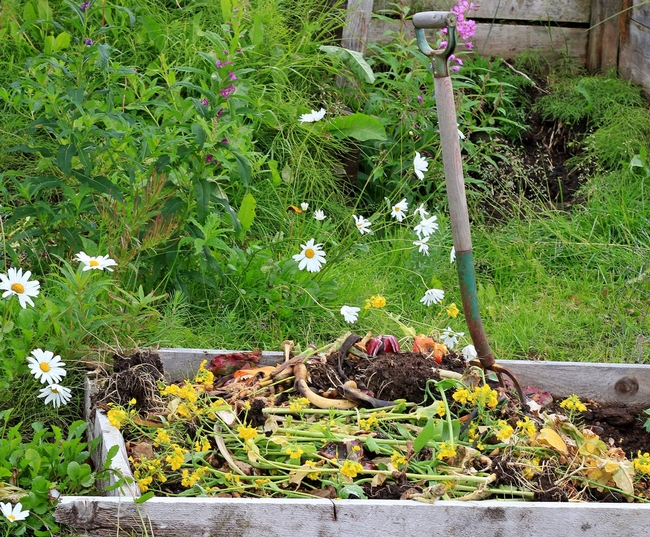
Fall Composting Tips (earth-smart-solutions.com)
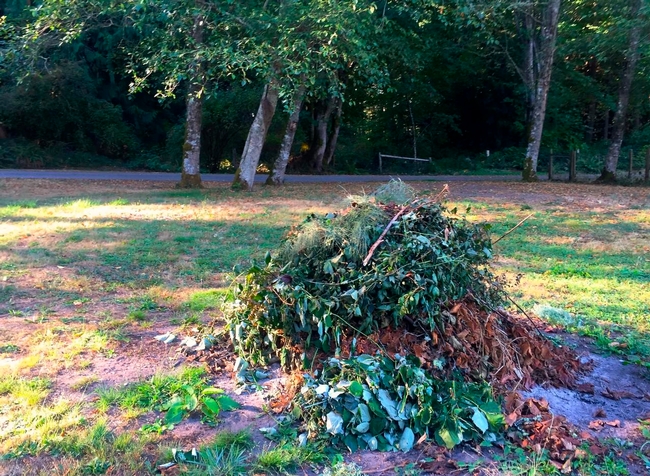
To protect pollinators, go easy on the fall garden cleanup (yahoo.com)
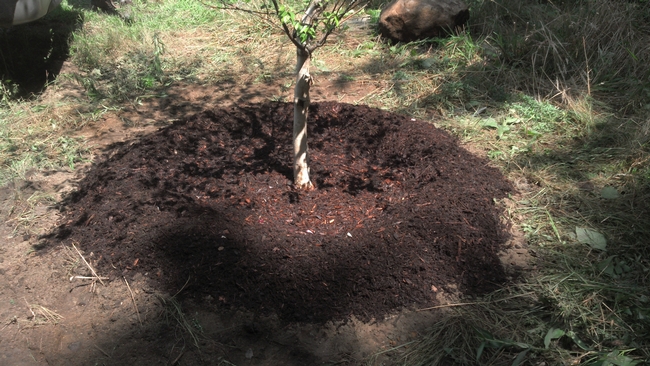
Protect Trees with Mulch Rings, Bark Mulch or Wood Chips (cedarlawn.com)
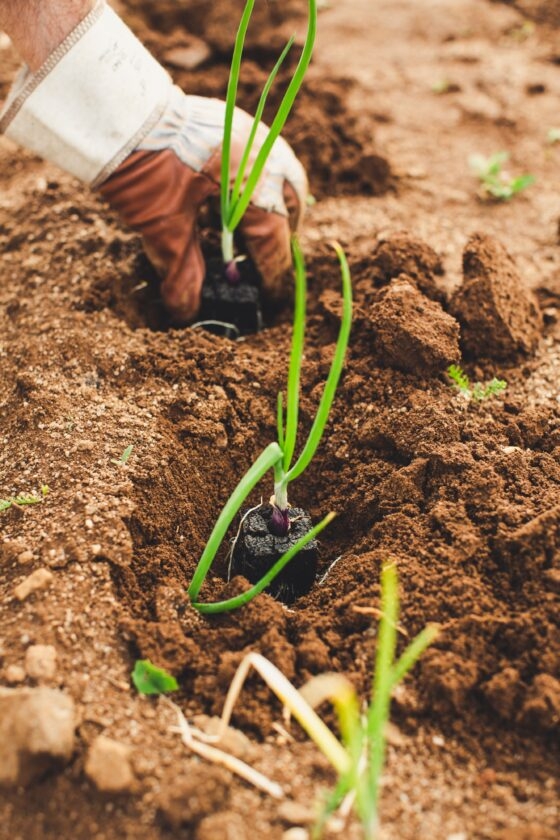
Fall Garden Cleanup Checklist (grit.com)
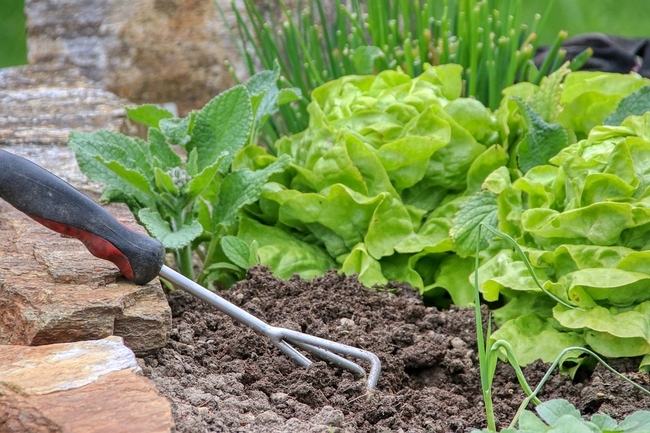
Sign up for Fall Vegetable Gardening Class Now! - The Stanislaus Sprout (ucanr.edu)